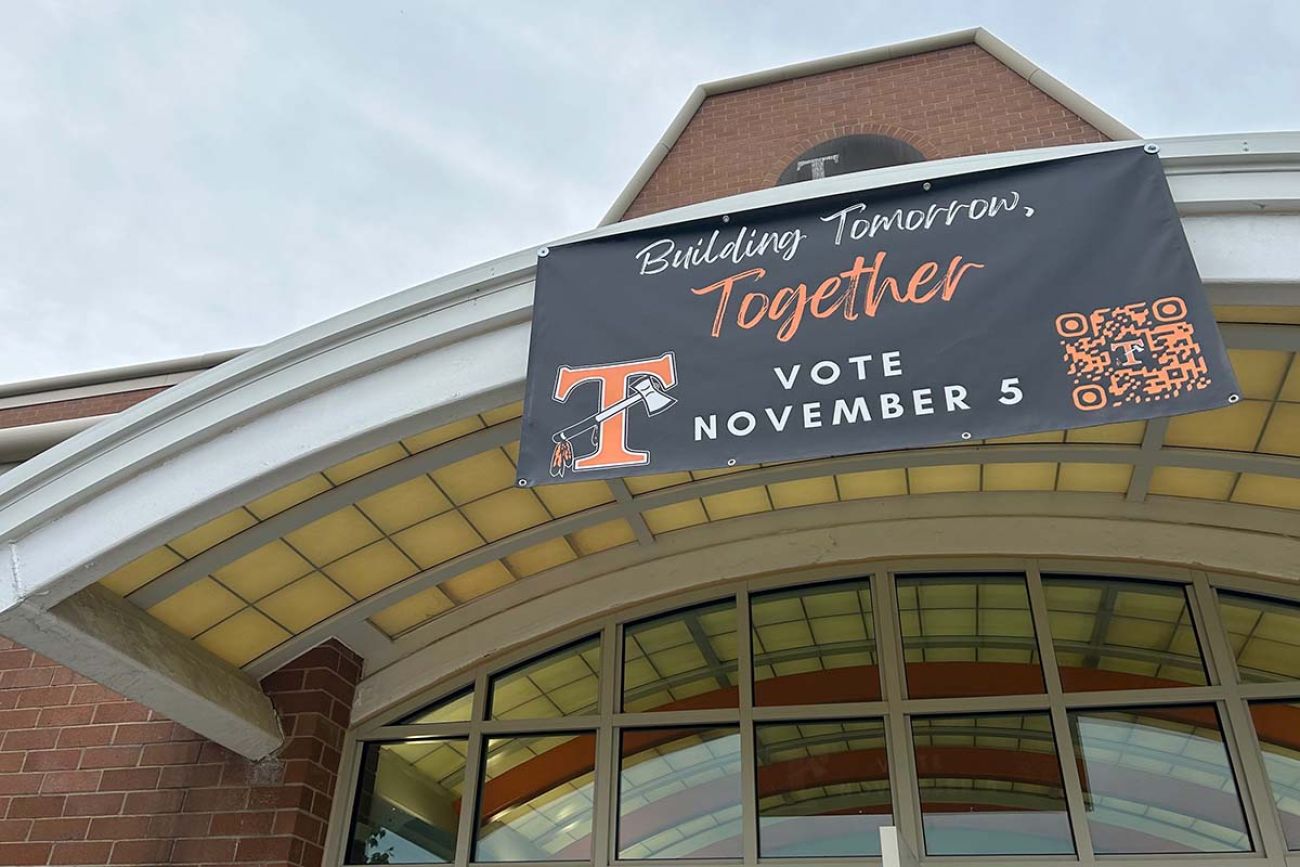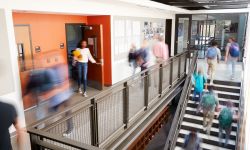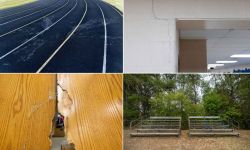Five things to know about Michigan school bond proposals this election

- Michigan voters will decide whether to support additional funding for local school districts this November
- A Bridge Michigan and Gongwer News Service analysis finds that passage rates school bonds have decreased in recent years
- Experts say there are several reasons why these efforts sometimes fail at the ballot box
Nearly 1 in 10 of the state’s 539 school districts is asking voters for money this election at a time passage rates for bond proposals have plummeted.
Schools can request voters to support taxes for bonds and sinking funds. Bonds involve borrowing money and paying back the loans with interest and fees. Sinking funds are pay-as-you-go savings accounts for specific purposes.
Bridge Michigan and Gongwer News Service analyzed several years of school bond data and the current ballot proposals. Here are five things to know about school funding efforts this fall.
Voters are increasingly skeptical about school bond requests
They rejected nearly half of the 44 requests so far in 2024 alone, down from a statewide passage rate of just under 75% of the 170 bond issues put before voters from 2018-2020.
Related:
- In Michigan, voters sour on school bonds. Once an easy sell, half now fail
- $1M grant gives Michigan foster kids rides to school as they switch homes
- Watch Bridge Lunch Break on challenges, opportunities in Michigan education
In contrast, 94% of the 850 tax requests for police, roads, libraries, parks and senior services have been approved since 2018.
Some schools are paring back requests. In November, 27 districts will ask voters for nearly $1 billion in bonds, while voters in another 25 districts will consider other school funding requests.
Tight economy, other factors
Among the factors: Whether elections are scheduled in high-turnout months and the ease of understanding the requests.
Other issues include timing with a presidential election, school performance, home ownership rates of voters and how information is presented, said Karin Kitchens, an associate professor of political science at Virginia Tech who has studied the issue.
Districts are retooling efforts
After multiple failures, some districts are downsizing their requests.
Tecumseh Public Schools, for instance, aims to repair the roof of the community pool, replace heating and cooling systems, remove asbestos from steam pipes and make technology updates. Voters rejected a combined $88.5 million in school bond proposals in 2022.
Hale Area Schools voters rejected a sinking fund increase earlier this year. In November, voters will decide whether to support taxation to update a 1998 building that serves 365 K-12 students.
Many voters don’t have kids in school
Statewide, 1 in 4 students attend a charter school or a district other than the one in which they live. Relatives of children who travel for school may not be able to vote in local elections for the schools their students attend.
Michigan is also an aging state with many empty nesters who may be more likely to care about local roads than schools after their children graduate.
School funding is complicated
Michigan public schools use a combination of federal, state and local funds.
Public school districts have received a large influx in one-time federal funding because of the pandemic. The state also had a large surplus in its budget. In recent years, the state boosted per-pupil spending and set aside money for school transportation and school consolidation. Some school districts also received funding for specific projects, including athletic fields and buildings.
There is no state funding for school infrastructure in Michigan, said University of Michigan education policy and economics professor Brian Jacob. Schools can use their existing funds to pay for these building upgrades but that takes away money from the classroom and students.
“This has been a big source of challenge for Michigan districts,” Jacob said.
Brett Gillespie of the Christman Company, which helps schools draft and pass proposals, said there’s a “huge gap” in voters’ understanding of how schools are funded and what they use those funds for — many assume that property tax-generated revenue can cover the cost of infrastructure updates, or that the solution to aging or damaged buildings is tightening the belt elsewhere.
However, if districts and the consultants they work with can overcome the low-information barrier, many people are receptive, Gillespie said.
“We’ve found that the most successful bond campaigns we have are ones where the community's involved in the process, even inviting some folks on the school board who are on the fence about whether or not we should be doing something like this,” he said. “The fastest way you can kill a community is by killing the schools, and by not upgrading infrastructure and not building your facilities.”
Michigan Education Watch
Michigan Education Watch is made possible by generous financial support from:
Subscribe to Michigan Health Watch
See what new members are saying about why they donated to Bridge Michigan:
- “In order for this information to be accurate and unbiased it must be underwritten by its readers, not by special interests.” - Larry S.
- “Not many other media sources report on the topics Bridge does.” - Susan B.
- “Your journalism is outstanding and rare these days.” - Mark S.
If you want to ensure the future of nonpartisan, nonprofit Michigan journalism, please become a member today. You, too, will be asked why you donated and maybe we'll feature your quote next time!





